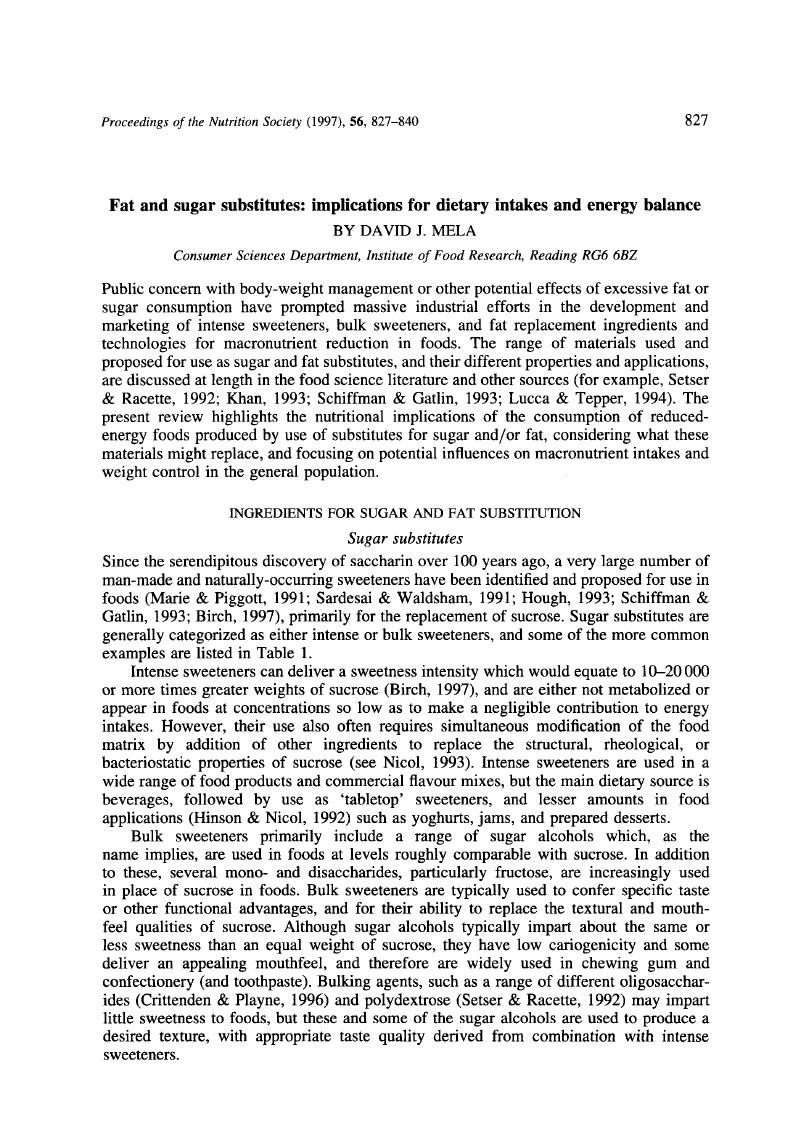Crossref Citations
This article has been cited by the following publications. This list is generated based on data provided by Crossref.
Satia-Abouta, Jessie
Kristal, Alan R
Patterson, Ruth E
Neuhouser, Marian L
Peters, John C
Rock, Cheryl L
Neumark-Sztainer, Dianne
Cheskin, Lawrence J
and
Thornquist, Mark D
2003.
Is olestra consumption associated with changes in dietary intake, serum lipids, and body weight?.
Nutrition,
Vol. 19,
Issue. 9,
p.
754.
Prentice, Andrew M
2005.
Macronutrients as sources of food energy.
Public Health Nutrition,
Vol. 8,
Issue. 7a,
p.
932.
Benton, David
2005.
Can artificial sweeteners help control body weight and prevent obesity?.
Nutrition Research Reviews,
Vol. 18,
Issue. 1,
p.
63.
Anderson, G. Harvey
Foreyt, John
Sigman-Grant, Madeleine
and
Allison, David B.
2012.
The Use of Low-Calorie Sweeteners by Adults: Impact on Weight Management.
The Journal of Nutrition,
Vol. 142,
Issue. 6,
p.
1163S.
2016.
Wheat Flour.
p.
111.



